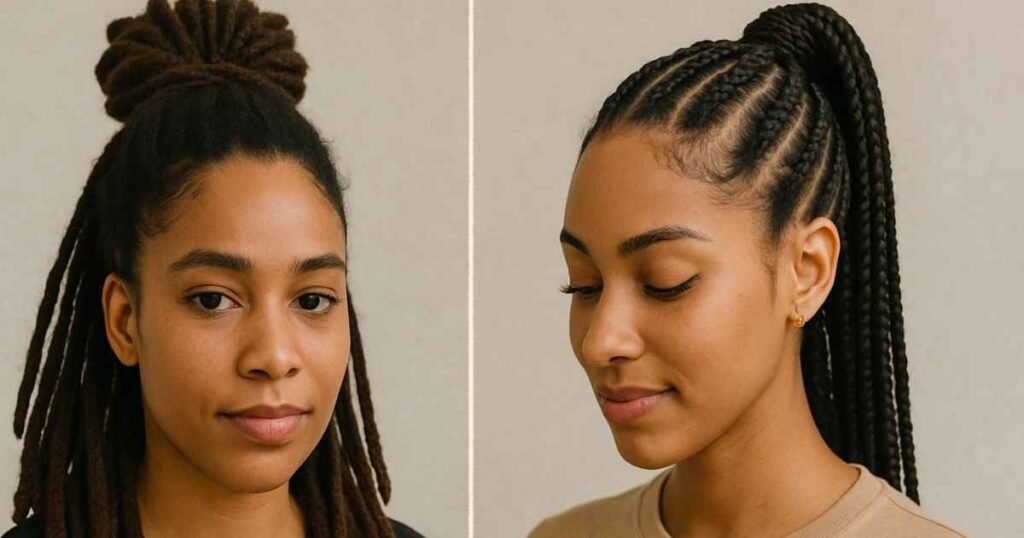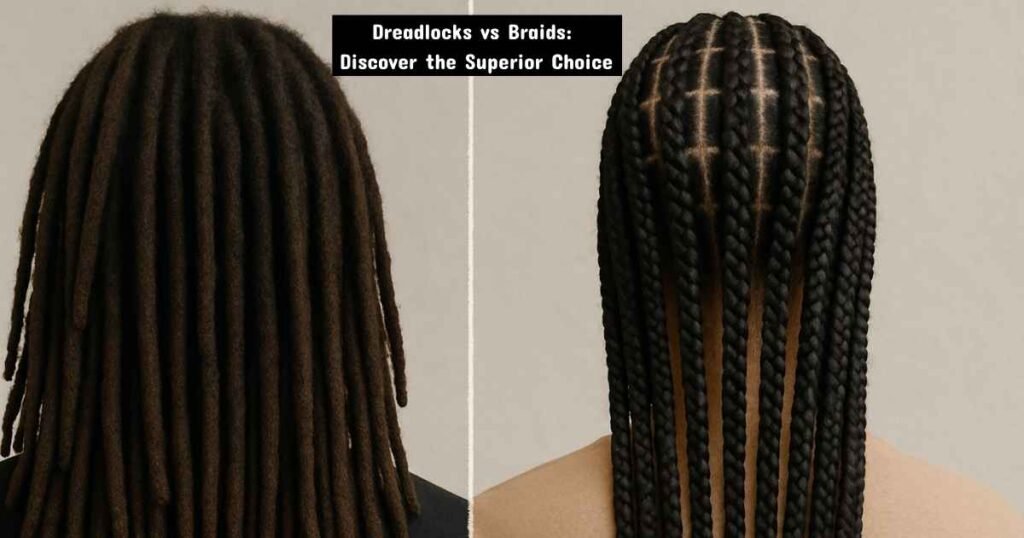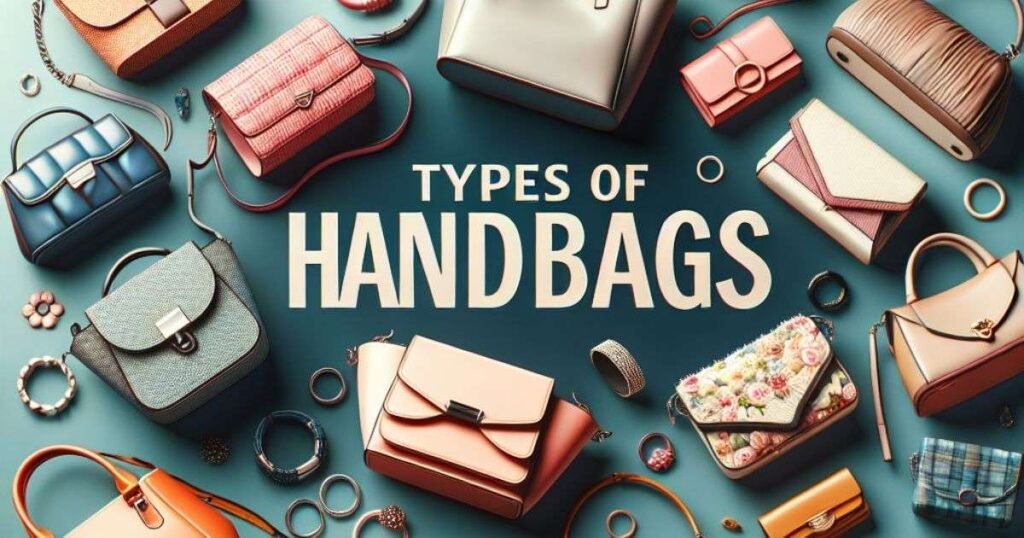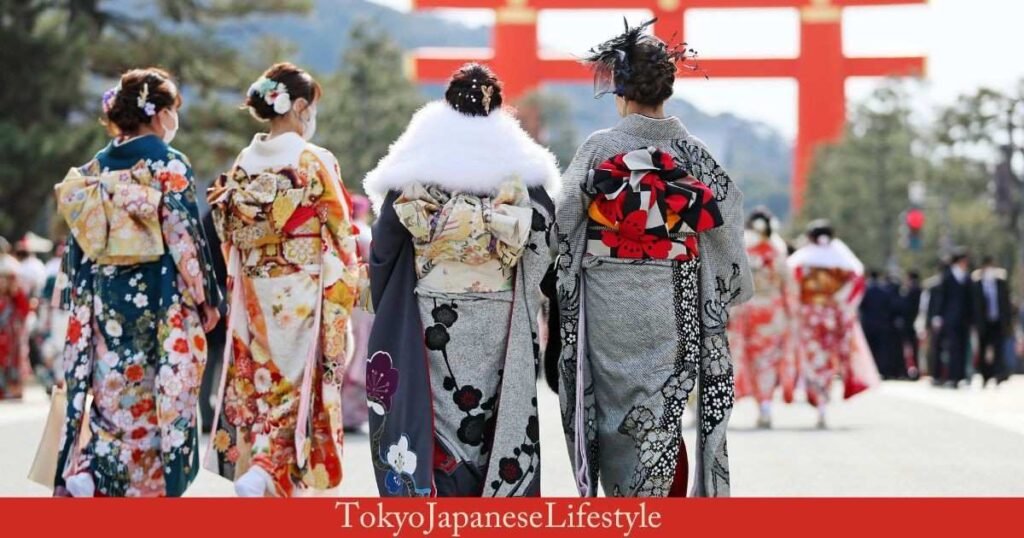Introduction to Dreadlocks vs Braids
Understanding the Basics of Dreadlocks
Dreadlocks vs braids can be distinguished by their unique formation and maintenance processes. Dreadlocks are formed by matting and knotting sections of hair together, which leads to a rope-like appearance. They are steeped in history, with cultural significance in various communities around the world. Maintaining dreadlocks involves palm rolling, interlocking, or free forming, depending on personal preference. Unlike braids, dreadlocks are semi-permanent and require time to develop fully. This distinctive hairstyle reflects individuality and often carries deep personal or cultural meaning for those who choose to wear them.
Exploring the Versatility of Braids
When it comes to dreadlocks vs braids, braids offer a staggering degree of versatility and adaptability. Braids come in numerous styles, including box braids, French braids, fishtail braids, and cornrows, each allowing for creative expression. Unlike dreadlocks, braids can be styled for both formal events and casual occasions, making them accessible for various aesthetic preferences. They are also ideal for protective styling, helping individuals shield their hair from damage caused by environmental factors. Whether adorned with beads, ribbons, or left plain, braids remain a timeless and creative hair choice in the debate of dreadlocks vs braids.
Must Read: How Much Does Linkvertise Pay Per 1000 Clicks? Shocking News
Cultural Significance in Dreadlocks vs Braids
The Historical Roots of Dreadlocks
Dreadlocks hold deep historical and spiritual significance in various cultures across the world. Originating from ancient Egypt, India, and Africa, dreadlocks have been a powerful symbol of identity, strength, and religious devotion. The Rastafarian movement popularized dreadlocks globally, associating them with resistance against oppression and connection to African heritage. The style also features prominently in Hindu culture, where sadhus slip dreadlocks as a mark of repudiation and spiritual commitment. The discussion around dreadlocks vs braids highlights how these hairstyles carry not just aesthetic appeal but also centuries of cultural importance and philosophical meaning.
Braids Across Different Cultures
Braids, unlike dreadlocks, are a versatile hairstyle found across numerous cultures, each with its own legacy. In African cultures, braids often denote social status, tribal affiliation, and personal identity, making them pivotal in the debate around dreadlocks vs braids. Similarly, in Native American traditions, braids symbolize strength and unity, while in Scandinavian cultures, braided hair was practical for Viking warriors during battle. Ancient Greek women also embraced intricate braids as a sign of elegance and status. The widespread adoption of braids highlights their cultural adaptability, further solidifying their importance in the broader discussion of traditional hairstyles like dreadlocks vs braids.
Comparing Maintenance Needs for Dreadlocks vs Braids
When it comes to maintenance, dreadlocks and braids have distinct requirements that cater to different lifestyles, time commitments, and preferences. Below is a comparison of their maintenance needs:
| Aspect | Dreadlocks | Braids |
|---|---|---|
| Initial Setup | Requires time and professional help, especially for neat and uniform dreadlocks. | Varies based on the braid style, ranging from simple braids to elaborate patterns. |
| Daily Maintenance | Minimal; palm rolling or re-twisting periodically to maintain shape. | Low; occasional touch-ups may be needed to keep braids neat. |
| Washing | Must use residue-free shampoo; drying can take several hours. | Can be washed gently but requires care to avoid unraveling. |
| Longevity | Semi-permanent; stays intact for years with proper care. | Temporary; often lasts 2-8 weeks depending on the braid style. |
| Styling Options | Flexible; can accessorize or manipulate within the locked structure. | Highly versatile; can be modified into various creative and intricate designs. |
Both hairstyles offer unique advantages, and the choice between them often depends on one’s personal routine, aesthetic preference, and cultural connection.
Long-Term Care for Dreadlocks
When examining dreadlocks vs braids, the long-term care for dreadlocks requires a different approach compared to braids. Dreadlocks need regular maintenance to ensure they stay clean and well-formed. This involves washing with residue-free shampoos, palm rolling to help with shape, and separating the locks to prevent them from merging. It is essential to diligently care for dreadlocks to avoid issues like buildup or unpleasant odors. Over time, well-maintained dreadlocks can grow tighter and stronger, making them a lasting hairstyle choice in the debate of dreadlocks vs braids.
Upkeep and Durability of Braids
The upkeep and durability of braids in the discussion of dreadlocks vs braids reveal their flexibility and convenience. Braids typically require less maintenance than dreadlocks, allowing for an easier daily routine. However, they do need to be refreshed or redone every few weeks to prevent frizz and maintain their appearance. Proper care involves moisturizing the scalp, protecting the braids during sleep, and ensuring they are not left in for too long to avoid hair damage. The ability to blend style and practicality makes braids a popular choice when comparing dreadlocks vs braids.
Styling Possibilities in Dreadlocks vs Braids

Creative Options with Dreadlocks
- Bold Accessories: Dreadlocks can be decorated with beads, cuffs, and threads to create a unique look, showcasing individuality in the debate of dreadlocks vs braids.
- Intricate Updos: From buns to twisted crowns, dreadlocks provide endless options for elegant and practical updos, adding versatility when considering dreadlocks vs braids.
- Color Customizations: Adding highlights, ombre effects, or bold color streaks is a popular choice with dreadlocks, further diversifying the style choices in the comparison of dreadlocks vs braids.
- Varied Thickness: Whether you prefer thin locs or thick ones, customizing the size of your dreadlocks leads to highly personalized styles, highlighting another difference with dreadlocks vs braids.
- Layering and Length Variations: Dreadlocks can be layered or styled in different lengths, offering modern and traditional looks that rival many braid styles in the context of dreadlocks vs braids.
With so many ways to enhance and individualize dreadlocks, they remain a prime contender in the style conversation of dreadlocks vs braids.
The Artistic Flexibility of Braids
Braids provide unmatched versatility, making them a popular choice in the debate of dreadlocks vs braids. They can be fashioned into intricate patterns, such as cornrows, box braids, or fishtail braids, offering endless creative possibilities. Braids can be accessorized with ribbons, beads, or colorful extensions to highlight individuality and style. Additionally, these styles can range from sleek and elegant to fun and vibrant, suitable for a variety of occasions. Their adaptability and ability to complement different hair textures make braids a timeless option. When choosing between dreadlocks vs braids, braids offer a striking balance of style and practicality.
Hair Type Considerations for Dreadlocks vs Braids
Best Hair Types for Dreadlocks
When comparing dreadlocks vs braids, certain hair types are particularly well-suited for creating and maintaining dreadlocks. Coarser hair textures, such as Type 4 curls, tend to naturally lock more easily because the tight curl patterns encourage matting and tangling, essential for forming dreadlocks. Wavy and straight hair types can also work for dreadlocks; however, they might require more time and maintenance to achieve the desired look. Proper care plays a critical role in maintaining healthy dreadlocks, as they can sometimes be prone to dryness. Matching the method of creating dreadlocks with your natural hair texture is key to achieving a lasting result.
Ideal Textures for Braiding
Braiding works exceptionally well across almost every hair texture, making it a versatile choice in the debate of dreadlocks vs braids. Hair textures ranging from fine and straight to tightly coiled curls can all accommodate braids, as the styles can be tailored to suit individual needs. However, medium to thick hair often offers the best foundation for intricate and long-lasting braids due to the natural grip and fullness. Lightweight protective products further aid in ensuring the braids stay neat and secure over time. Regardless of your texture, the adaptability of braiding techniques makes it a universal styling solution.
For more Interesting and informative articles visit: royallmagazine.com
Making the Superior Choice Between Dreadlocks vs Braids
Assessing Lifestyle Needs
When deciding between dreadlocks vs braids, assessing your lifestyle is a crucial step. Dreadlocks require minimal daily maintenance but need regular salon visits for retwisting and root upkeep, making them ideal for individuals with busy routines. Braids, on the other hand, offer versatility and allow for diverse styling options, but they may need more frequent renewal to maintain their appearance. Consider your activity level, commitment to maintenance, and professional requirements before choosing. Both dreadlocks vs braids cater to various needs, but selecting the style that aligns with your daily life ensures long-term satisfaction and practical utility.
Finding the Style That Matches Your Personality
Your personality plays a pivotal role in determining whether to opt for dreadlocks vs braids. Dreadlocks often embody a free-spirited, bold, and carefree style, making them perfect for individuals who want their hair to reflect their independent and adventurous nature. Conversely, braids are well-suited for those who appreciate creativity and flexibility, as braids can be customized in countless ways. Whether you lean towards the timeless appeal of dreadlocks or the versatility of braids, understanding your personality will guide you in making the right choice. Choosing between dreadlocks vs braids ensures your style truly mirrors who you are.
Dreadlocks vs Braids: Final Thoughts
When deciding between dreadlocks vs braids, it all comes down to personal preference, lifestyle, and the image you wish to project. Dreadlocks vs braids each offer distinct styles and cultural significance, allowing wearers to express themselves uniquely. While dreadlocks reflect a bold, natural, and adventurous identity, braids provide unmatched versatility and opportunities for creative expression. Ultimately, weighing the maintenance, time, and values connected to each style will help you choose what resonates with you most. Dreadlocks vs braids are not just hairstyles, but reflections of individual identity and personality—an empowering choice that allows you to wear your story proudly.



